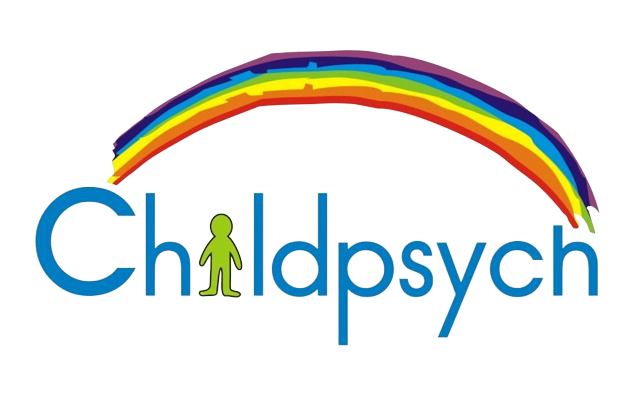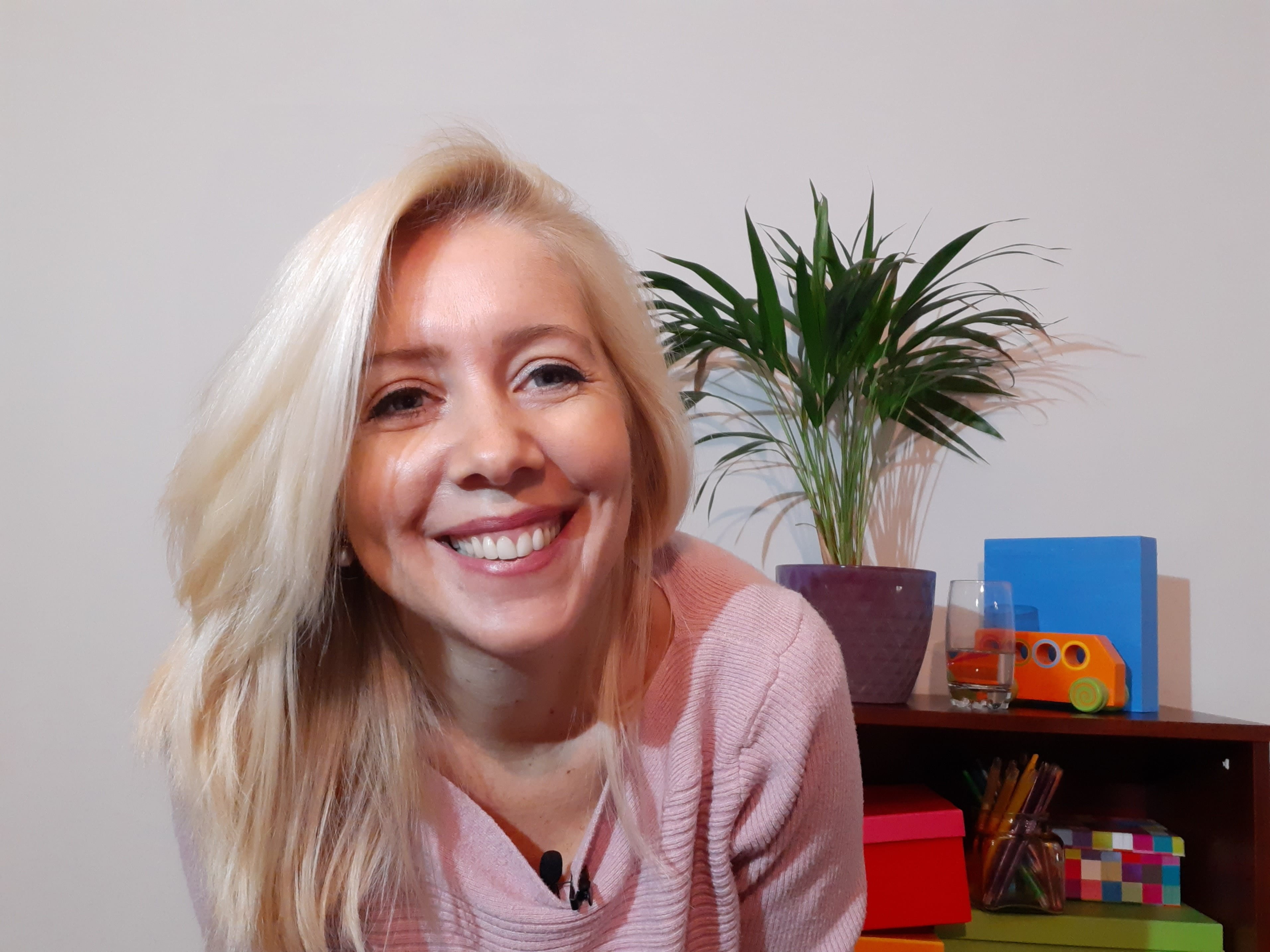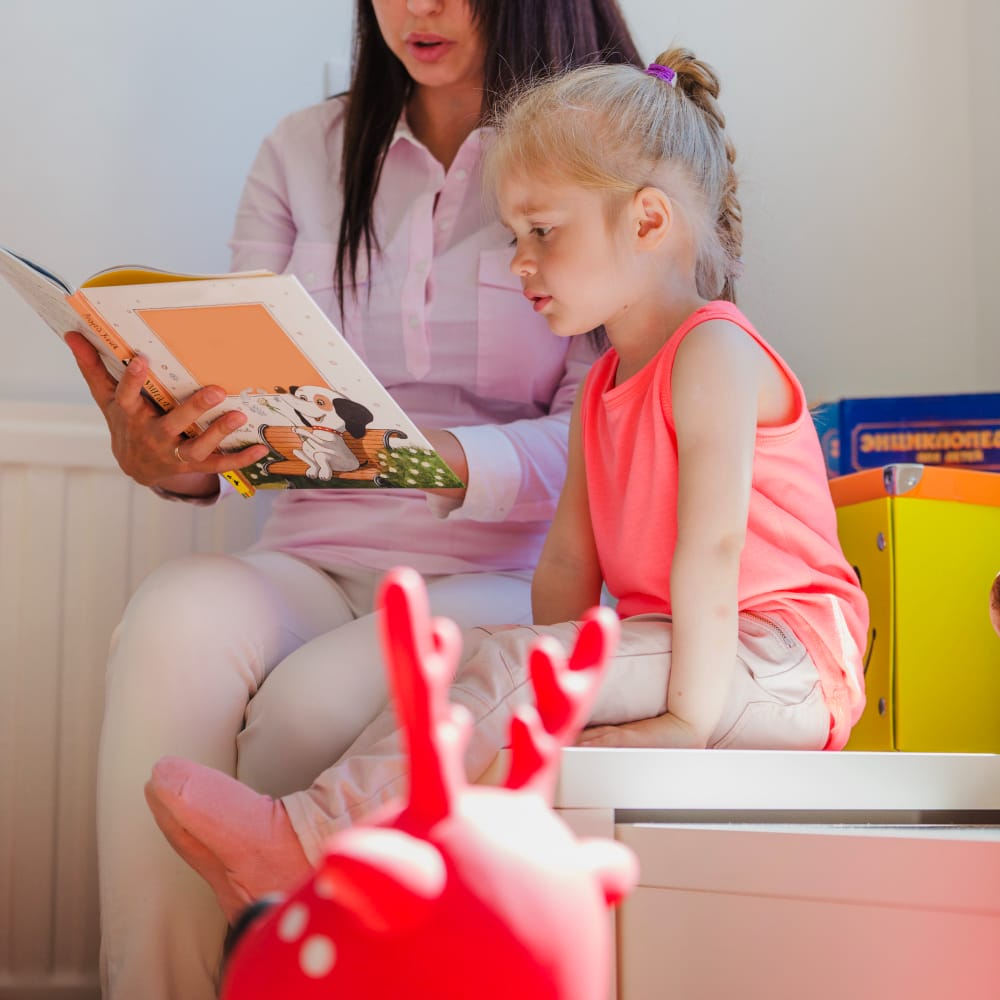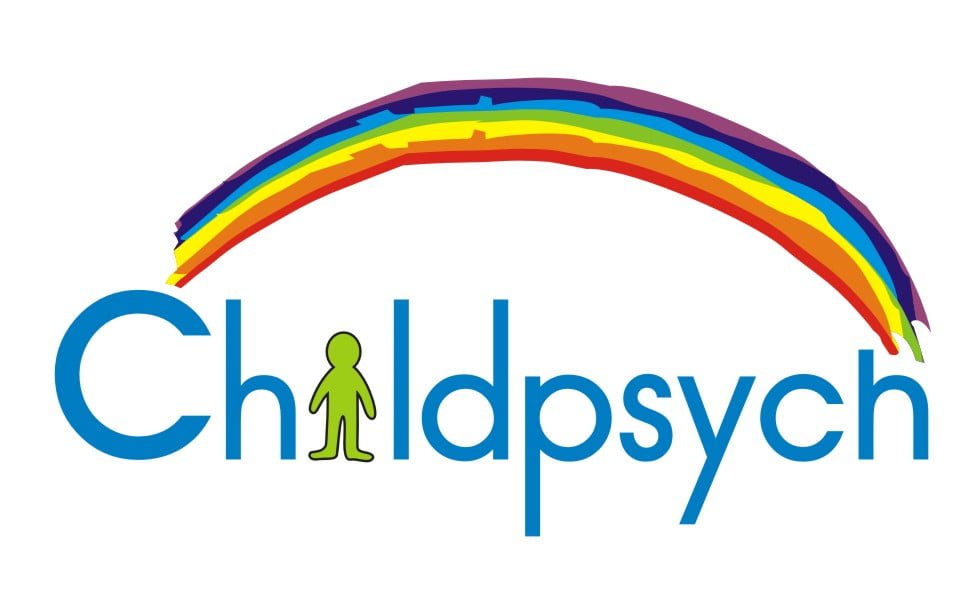The 9th video blog in our series on early Learning is on Concept Development. And it is very important as children first need to understand these concepts before they can move onto a complex task such as reading.
Keep in mind that concepts development takes place over time, it’s not something that children are able to learn over night. For this reason I am going to be telling you what your child should know at each age.
Laterality / Directionality:
These terms simply refers to whether your child is able to tell Left from Right. So often I see children in my practice who cannot read, despite knowing all of their letter. Because they approach words from the wrong side! On this point it is very important that your child gets into a habit of working from Left to Right. Whether they are building puzzles, or Lego constructions or copying pictures – make sure they are always referencing the example on the left and working on the right.
Between 3 – 4 years, we only want children to realise that these concepts refer to opposite sides of the body. From 4 to 5 years it is important that they are consistent in pointing out a side – even if they are wrong. We only need them to understand that their left and right sides cannot swop. And from the age of 6 onwards your child should be able to accurately point out Left and Right on his own body.
Help them learn this concept by putting something on their wrist. Either a watch on their left or a red ribbon on their right.
Spatial Orientation:
Does your child know what the terms above, on top, below, underneath, behind, to the side, next to … etc. mean? Children with Dyslexia of have underlying Spatial Orientation Difficulties – this is why they tend to reverse letters around.
Activities to help them learn about the concept of Spatial Orientation include:
- Filling containers & dumping them out again
- Stacking blocks
- Doing obstacle courses
- Playing Hide & Seek
- Completing Mazes
- Taking part in Sport
- Doing cutlery puzzles ( explain how to make these in the video)
Body Concept:
From the age of 2 years children should be able to identify facial features, arms, legs, hands and feet. They should be able to point out their knees, shoulders, elbows and back towards the end of their third year. And by age 4 to 5 children should be able to identify their hips, wrists and ankles.
Games to develop Body Concept are:
- Twister
- Simon Says
- Any games that requires a lot of physical movement
Awareness of time:
Having consolidated time concepts will help your child orientate himself in the world. Children usually learn to recite the days of the week of sequence by the time they are 4 years old. And only from about the age of 5 or 6 are they able to answer questions like: “What day comes before Tuesday?” or “What day is directly after Saturday?”. They may learn to recite the months of the year in sequence by the time that they are 4 or 5 but it is still entirely age-appropriate if they skip a month, or mispronounce some of the months.
Colours:
Not only do colours help to enrich your child’s world, but they also constantly used in our daily lives as reference. Think about how many times you may have said something like:”i prefer to drink out of the blue cup” or “I put your keys in your yellow jacket’s pocket”. Children are usually taught the primary colours: red, blue and yellow first and can usually identify these by age 3. At the age of four children should also be able to identify orange, purple and green. And from there onward they usually learn about other colours like pink, black, brown, silver, gold and grey. They also usually learn to start identifying different shades of known colours like turquoise and maroon from the age of 5 onward.
Teach your child about the concept of colours by:
- When teaching different colours – focus on one colour for at least a week
- Have your child go around the house with a basket and ask him to collect all the items of that specific colour that he can find.
- Have a “colour” day (I explain more about this in the video)
- Allow them to mix and experiment with different colours
Shapes:
This concept is very important as children learn to recognise letters and numbers based on their existing knowledge of shapes. It is important to keep in mind that children can usually recognise shapes before they are able to remember the names of these shapes. At the age of 2 years children learn to recognise circles and squares. From 3 years they learn to identify the triangle, heart and star shapes. They learn about the rectangle, oval and diamond shapes from the age of four years and can identify more complex shapes there after.
Teach your child about shapes by:
- Often pointing them out in your environment
- Having them collect all the items of a specific shape they can find in your home
- Making pictures using shapes only (like in the video)
- Tangrams
Other concepts:
Two other concepts your child needs to learn about are Numbers and Letters, but we discuss these in more detail next week.




